Versatility is always desirable when it comes to optics. Having a lens that can cover a wide range of focal lengths while collecting a decent amount of light is a supremely useful tool, but it is a challenging game for lens designers to play.
Compromises have to be made somewhere and often the penalties are severe. The classic 24-70mm f/2.8 lens is sharp and bright but the range is somewhat limited. The manufacturers tried the 24-105mm or 24-120mm range with an f/4 aperture which is very useful — except in low-light situations. The super-zooms can push focal lengths from 24mm all the way up to 200mm or 300mm but the apertures are dark and variable. Canon does make a 24-105mm f/2.8 which is excellent optically but it comes at a heavy cost, both physically and financially.
 The Sigma 28-105mm f/2.8 represents a jack-of-all-trades kind of lens that doesn’t break your arms or wallet.
The Sigma 28-105mm f/2.8 represents a jack-of-all-trades kind of lens that doesn’t break your arms or wallet.Far in the past, there have been some attempts at the 28-105mm f/2.8 formula before but the lenses were often bulky and the optical performance was always wanting. These were all made for traditional SLR mounts and any attempts at a mirrorless version never materialized — until now.
Sigma has just created a 28-105mm f/2.8 mirrorless lens for Sony E-mount which sacrifices some wide-angle coverage but provides the quintessentially professional f/2.8 aperture everyone wants. Sigma may have finally cracked the code with this one.
 A 28-105mm focal range seems like such a nostalgic throwback to the SLR days but it is as useful now as it was then.
A 28-105mm focal range seems like such a nostalgic throwback to the SLR days but it is as useful now as it was then.Sigma 28-105mm f/2.8 DG DN Art Review: How it Handles
First and foremost, the new 28-105mm f/2.8 is an Art series lens and has the rugged construction and high standard of quality that we have come to expect. The push-button hood is well-designed and surrounds an 82mm filter mount. The manual focus ring is smooth and has a nice resistance to it. Sigma has added some customizable control buttons and the zoom ring can be locked to prevent lens creep. I found the HLA linear motor to drive the lens elements very quickly and think this lens will be fine for any quick-shooting situations.
 The Art series lenses have smoothly turning rings and the aperture can be set for smooth functionality as well.
The Art series lenses have smoothly turning rings and the aperture can be set for smooth functionality as well.There is also an aperture ring with an automatic setting and the option to go with click-stops or a smooth de-clicked setting as well. What the lens is noticeably lacking is any sort of lens-based optical stabilization but this is less of an issue nowadays with so many cameras having in-body image stabilization (IBIS). The lens itself is fairly compact and comes in at just over 35 ounces (995 grams). It is weather-sealed effectively to prevent damage under inclement conditions.
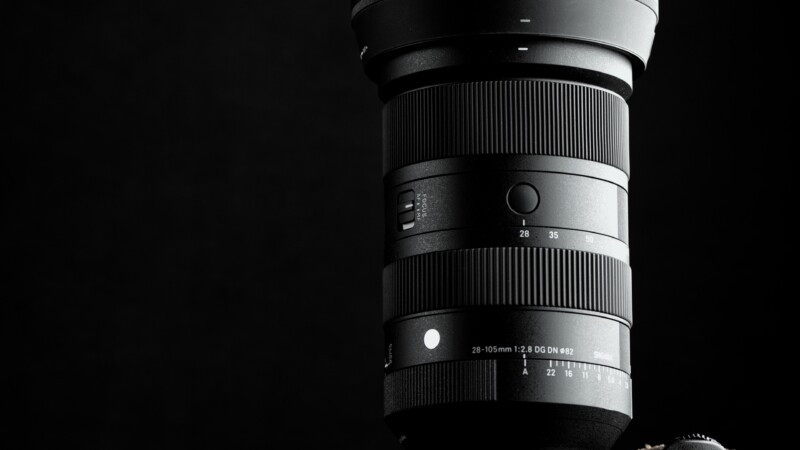 You get customizable buttons, weather sealing, and an aperture ring on the 28-105mm. This is a full-featured lens.
You get customizable buttons, weather sealing, and an aperture ring on the 28-105mm. This is a full-featured lens.Sigma 28-105mm f/2.8 DG DN Art Review: How it Shoots
Sigma has always had good resistance to flare using its proprietary lens coatings. The 28-105mm does not lose much contrast when shooting towards bright light sources but there is a bit of ghosting present when the aperture is stopped down. Sunstars are fairly average out of this lens though with no real definition. I’d take a bit of care when shooting this lens towards the sun to avoid any issues with flare.
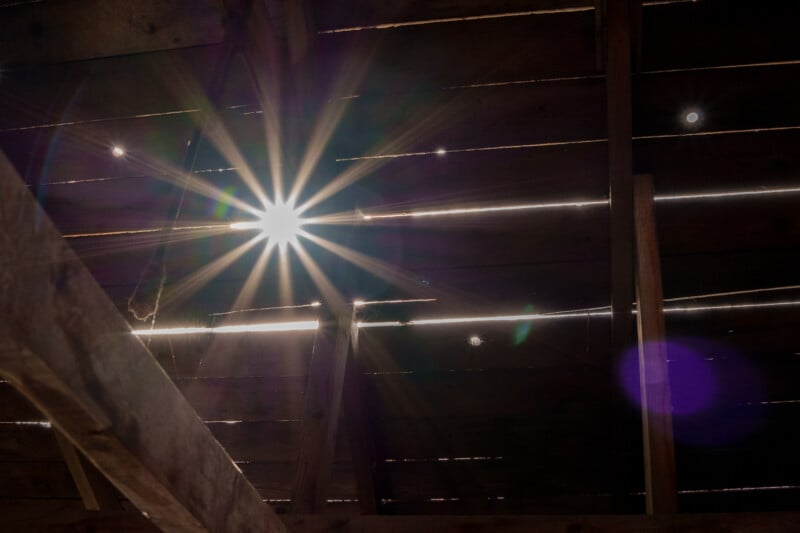 Flare is well controlled but ghosting can be an issue. Sunstars aren’t anything to write home about either.
Flare is well controlled but ghosting can be an issue. Sunstars aren’t anything to write home about either.A versatile do-everything lens should also be able to manage close-up shots and the Sigma 28-105mm can deliver around 1:3 life-size reproduction at the 105mm end. There is a fair amount of working distance, too and I like when zooms do better close-up at the telephoto range for this very reason. This lens would work equally well shooting macro shots on the go while also handling detailed pictures at a wedding shoot.
 Macro focusing can get decently close and with enough working distance, too.
Macro focusing can get decently close and with enough working distance, too.The bokeh of this lens is a little surprising. Although I liked the smooth look of the transition as the focus falls off into the distance I found the specular highlights to look quite busy. There is a bit of cat’s eye effect at f/2.8 — which I don’t mind — but the rendering of the highlights themselves is distracting and noisy looking. This causes out-of-focus backgrounds to look very harsh and frenetic and draws the eye away from the subject quite often. At least when shooting portraits with clean backgrounds the results are pleasing but be careful when the backdrop is busy-looking.
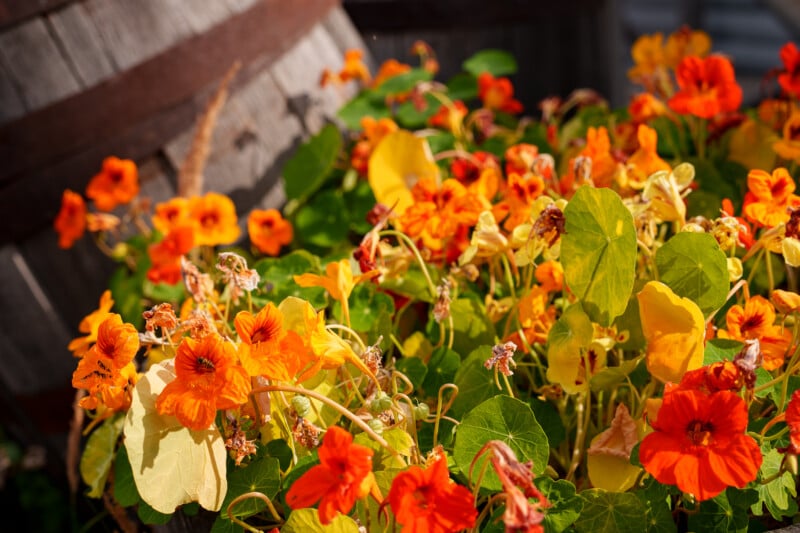 Backgrounds can get a little distracting due to the harsh look of the bokeh.
Backgrounds can get a little distracting due to the harsh look of the bokeh.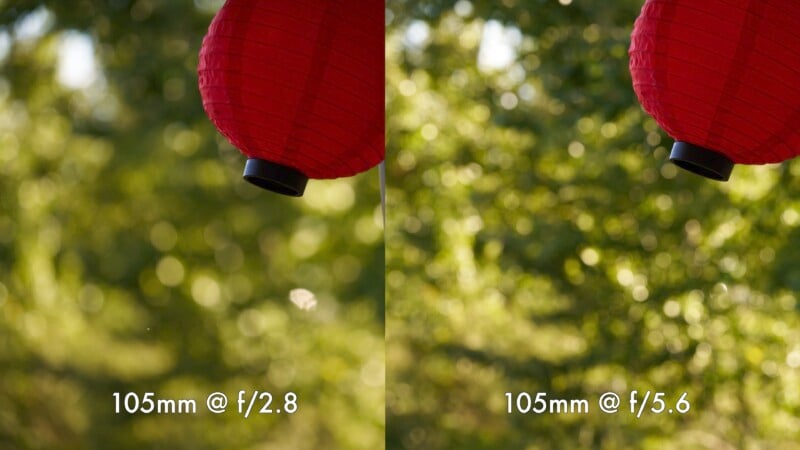 Specular highlights show up as a little noisy and can look distracting or busy.
Specular highlights show up as a little noisy and can look distracting or busy.The Sigma 28-105mm f/2.8 DG DN Art does exhibit a little bit of LoCA (longitudinal chromatic aberration) which is fairly common with bright-apertured lenses. It’s not excessive, with only a little bit of color showing up in the out-of-focus areas of the image and most situations shouldn’t be an issue.
I also tested the lens breathing to see how much the field of view changed while focusing the lens. There is surprisingly little to speak of with only a hair present at 28mm and almost none at 105mm. This is an impressive result and will please the video shooters who want to do focus pulls often.
 I like the lens for portraits when the background is nice and clean. The fall-off of focus is quite smooth.
I like the lens for portraits when the background is nice and clean. The fall-off of focus is quite smooth.As far as sharpness goes, the Sigma 28-105mm does not disappoint. The center at 28mm is quite good at f/2.8 and stopping-down is only necessary to improve the contrast slightly. The corners are a little soft but this is mostly in the extremes. I was quite pleased with the wide-angle sharpness across the frame.
It gets even better at 105mm where detail is crisp wide open in the center with almost no improvement required when stopping the aperture down. The corners are also fantastic at f/2.8 so this is a lens that gives consistently good sharpness pretty much anywhere you use it.
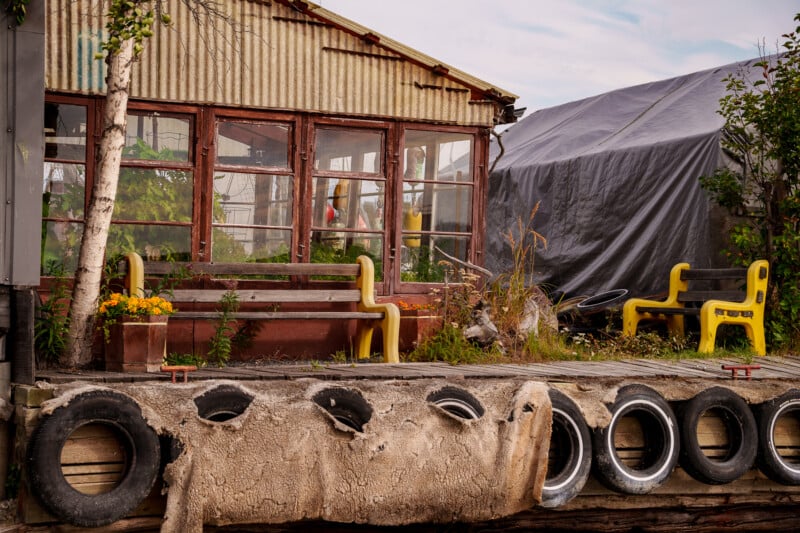 No sharpness complaints at all. There is plenty of detail captured with this latest ART lens.
No sharpness complaints at all. There is plenty of detail captured with this latest ART lens.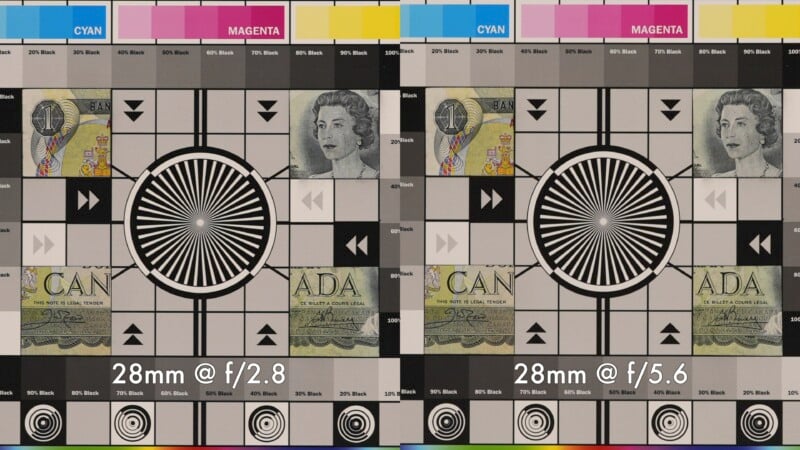 There is plenty of detail at f/2.8 and the 28-105mm is consistent across its zoom range. Stopping down isn’t necessary to sharpen the image.
There is plenty of detail at f/2.8 and the 28-105mm is consistent across its zoom range. Stopping down isn’t necessary to sharpen the image.Sigma 28-105mm f/2.8 DG DN Art Review: Versatility Without Much Compromise
Sigma has made a supremely useful lens that gives lots of versatility without much compromise. I wish the bokeh was less distracting but in every other regard, the Sigma lens performs well. All of this versatility can be had without a ridiculous price tag either and I think that prospective event shooters will find much utility in this lens. We haven’t seen a 28-105mm f/2.8 lens in a long time but if this lens ends up being as popular as I think it will, we may see many more to come.
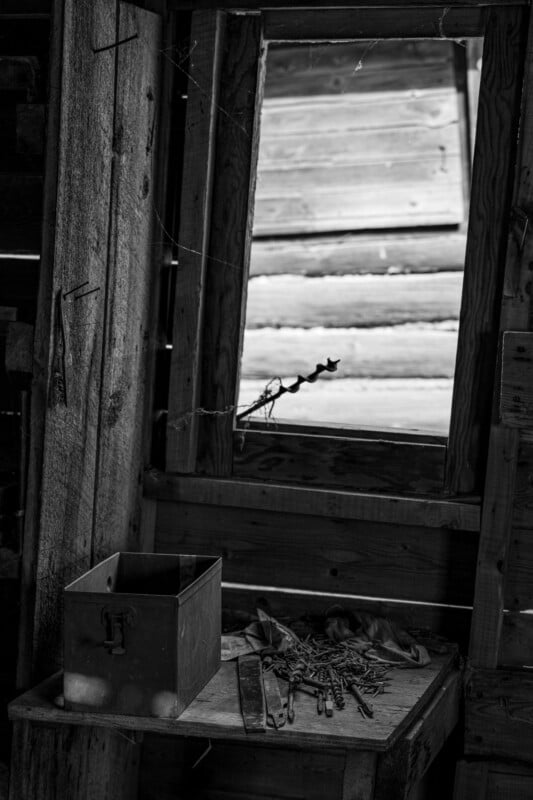 The Sigma 28-105mm turned out to be a versatile tool for many situations.
The Sigma 28-105mm turned out to be a versatile tool for many situations. This new offering from Sigma might just find its way into a lot of camera bags. It can handle many kinds of photography and does a good job with portraits too.
This new offering from Sigma might just find its way into a lot of camera bags. It can handle many kinds of photography and does a good job with portraits too.Are There Alternatives?
The Sony 24-105mm f/4 is a decent lens choice for a good price but its image quality is middling and at half the light-gathering potential of the Sigma. The Sony G-Master 24-70mm f/2.8 II is optically amazing but you take a heavy hit to the budget and it lacks the telephoto range.
Should You Buy It?
Yes. The Sigma 28-105mm f/2.8 DG DN Art is sharp wide open, well-built, and versatile. It would be ideal for travel, street, and event photographers alike.


/cdn.vox-cdn.com/uploads/chorus_asset/file/24371439/236492_MacBook_Pro_16__2023__AKrales_0247.jpg)

:quality(85):upscale()/2024/09/09/791/n/49351773/91e1c31e66df37933d9bf8.44427956_.jpg)

 English (US) ·
English (US) ·